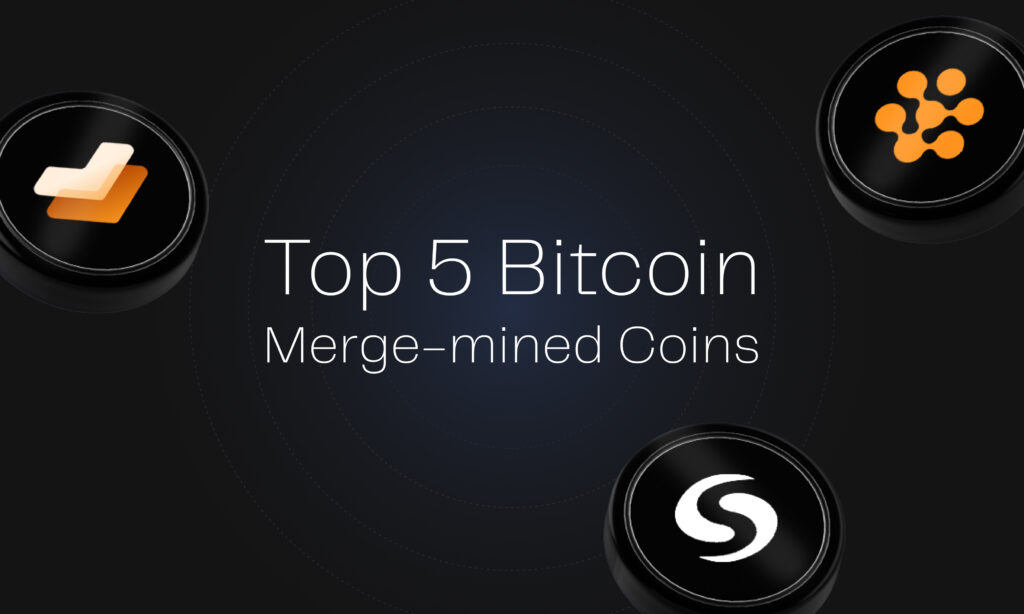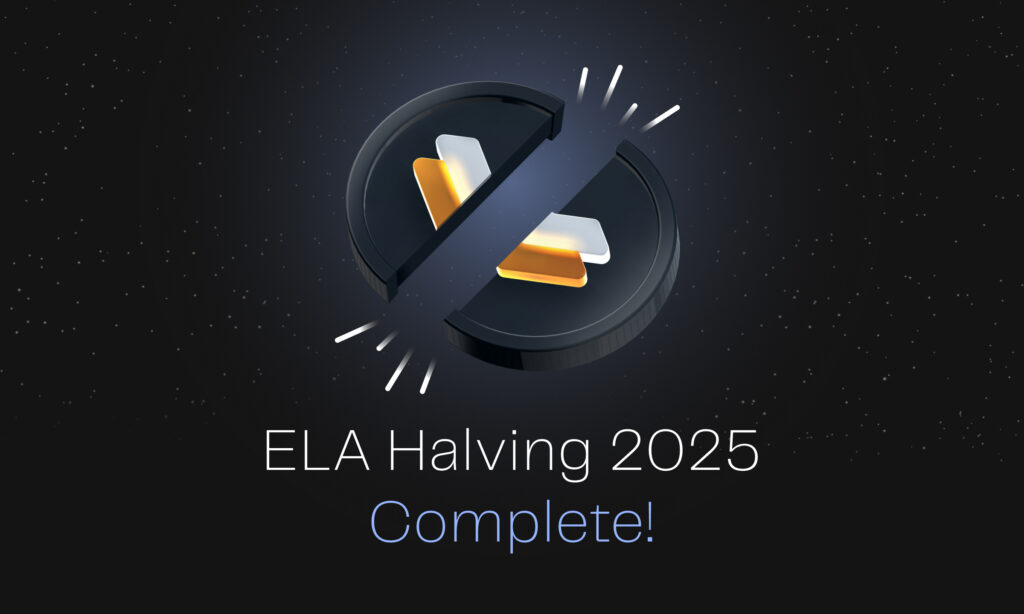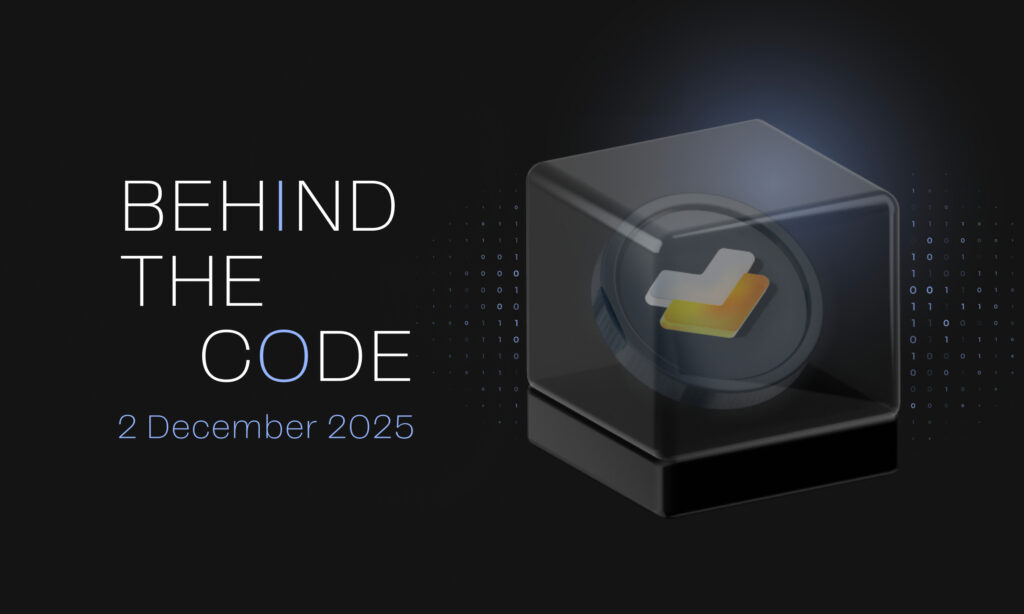Bitcoin’s rise as a financial powerhouse has transformed how we view digital assets and security in the modern economy. As the cryptocurrency market continues to mature, Bitcoin’s hash power, the computational force securing its network, has reached unprecedented levels. This immense security infrastructure presents a unique opportunity through a process called “merge mining.”
Merge mining represents one of the most elegant solutions in the blockchain space. It allows secondary chains to tap into Bitcoin’s massive security without adding to its energy footprint. This process enables projects to gain Bitcoin-level protection while maintaining their own unique features and use cases. For investors seeking exposure to Bitcoin’s ecosystem beyond simply holding BTC, merge-mined projects offer compelling opportunities with distinct advantages.
Despite the clear benefits, surprisingly few projects have successfully implemented merge mining with Bitcoin. Those that have represent some of the most resilient and forward-thinking platforms in the cryptocurrency landscape. Let’s explore the five most noteworthy projects currently merge mining with Bitcoin, each bringing something special to the ecosystem.
Elastos
Elastos stands as a trailblazer among merge-mined projects, establishing itself as far more than just another blockchain. Launched in 2018 with support from Bitcoin mining giant Bitmain, Elastos represents a comprehensive vision for the internet’s future where users control their data and digital assets. The project’s architecture combines blockchain technology with a secure runtime environment, decentralized storage, and peer-to-peer network communication to create a complete Web3 ecosystem. What sets Elastos apart is how it leverages Bitcoin’s security not just as an add-on feature, but as the foundation for a new digital economy where data ownership and privacy form the core principles.
Elastos transforms Bitcoin from digital gold into the backbone of a decentralized financial system, addressing global debt problems with secure, expandable DeFi solutions. The network secures more than half of Bitcoin’s total hashpower with 481 EH/s, worth billions yearly!
BeL2, Elastos’ Bitcoin Layer 2 solution, unlocks Bitcoin’s $2T+ market cap for DeFi without custodians or wrapped BTC. Using Zero-Knowledge Proofs, BeL2 enables native Bitcoin finance where users can earn yield in Bitcoin and Elastos. The recent $20M investment from Rollman Capital and the upcoming BeL2 stablecoin testnet signal a breakout year.
The Harvard alumni-backed stablecoin project New Bretton Woods Labs aims to replace fiat money instability with a Bitcoin-backed economy, similar to the 1944 Bretton Woods system’s stability. This Native Bitcoin Stablecoin is pegged 1:1 to USD, allowing BTC holders to mint stablecoins or borrow without selling their Bitcoin, with full launch expected in 2025 on Elastos.
Elastos has successfully become one of the most secure projects through Bitcoin merge mining. Beyond protection, Elastos gives users ownership of their data through Elacity, where content creators and businesses can own, make money from, and secure digital assets through royalties and on-chain smart contracts.
Namecoin
Namecoin is the original merge mined blockchain on Bitcoin. It was actually the first fork of Bitcoin, even before Litecoin. The project was created as an open-source experimental protocol tackling decentralization, privacy, security and censorship-resistance.
Its main achievement was becoming the first ecosystem to create decentralized domain names. Namecoin allowed users to register “.bit” domain names without needing a central authority. This gave people the option to own a decentralized domain name as a censorship resistant alternative to traditional DNS domain names.
Namecoin also created a Digital Identity solution called “NameID.” This decentralized ID allows for secure authentication, prevents counterfeiting, and comes with privacy-preserving login systems.
Currently, Namecoin boasts a 511.67 EH/s hashrate, accounting for over 50% of Bitcoin’s total hashrate of 916.18 EH/s. Unlike most blockchains, Namecoin depends fully on the hashpower derived through merge mining with Bitcoin—as the chain itself does not have any miners.
Syscoin
Syscoin calls itself Bitcoin’s only modular network. Its mission is to scale Bitcoin with AI-driven Edge Chains. These Edge Chains are modular blockchain layers that combine Bitcoin’s security with scalability. The blockchain started merge mining with Bitcoin back in 2014 and joined the Merge Mining Alliance in 2022.
Syscoin has a unique dual chain system using Bitcoin’s UTXO’s for security and Ethereum’s EVM for smart contracts. The protocol also has a Zero-Confirmation Directed Acyclic Graph (Z-DAG) enabling near instant 3-5 second transaction finality, perfect for DeFi and marketplace settings.
Syscoin has a 181.10 EH/s hashrate, just under 20% of Bitcoin’s entire hashpower. The protocol stayed around 300 EH/s for a long time, but a fork lowered its hashrate significantly. Since then, the hash power has recovered from the lows of 72.219 EH/s.
Rootstock
Rootstock is Bitcoin’s first smart contract platform, bringing Ethereum-like functions to the Bitcoin ecosystem since 2018. The platform uses a 2-way peg mechanism allowing Bitcoin to flow between chains while maintaining compatibility with Ethereum’s virtual machine (EVM), so developers can port existing Ethereum applications with minimal changes.
What makes Rootstock stand out is its impressive security, with a 742.1 EH/s hashrate representing about 81% of Bitcoin’s total hashpower. This percentage grew from 56% after major mining pools like Foundry and Spiderpool joined in February, showing strong confidence from the mining community.
Running on BitVMX (a modified version of BitVM), Rootstock enables complex decentralized applications with substantial cost savings. Transaction fees are 95% cheaper than Bitcoin’s average and 55% cheaper than Ethereum’s. This efficiency combined with Bitcoin’s security makes Rootstock attractive for DeFi applications.
The project recently expanded by connecting with LayerZero, enabling Rootstock-native applications to connect with dozens of other blockchains. According to Messari analyst Andrew Yang, “As BTCFi continues to grow, Rootstock is well-positioned for broader adoption through core upgrades like a 60% reduction in transaction fees, alongside sustained investment in builder education and incentive programs.”
Vcash
Vcash combines Bitcoin’s security with new transaction technologies. By merge mining with Bitcoin’s SHA-256 algorithm, Vcash uses Bitcoin’s hash power without needing additional computing resources, creating a dual reward system that benefits miners while strengthening network security.
Vcash offers “ZeroTime” transactions that enable instant ownership and spending without waiting for confirmations. Its “ZeroLedger” technology lets users download the entire blockchain in seconds. These technologies, plus built-in privacy protections and dynamic block sizes, create a payment system optimized for speed, privacy, and scalability.
Vcash has shown practical uses beyond theory, gaining acceptance on platforms like Zeroslot and other cryptocurrency gambling applications. These real-world uses, along with very low transaction fees and better interoperability, make Vcash one of the most versatile Bitcoin merge-mined projects in the cryptocurrency world.
Conclusion
Merge mining with Bitcoin offers projects outstanding security without the extra energy costs, and Elastos stands at the forefront of this technology. With its BeL2 solution unlocking Bitcoin’s massive value for DeFi use and its Harvard-backed stablecoin project, Elastos creates a compelling case for investors seeking exposure to both Bitcoin’s security and the future of decentralized applications.
Rootstock deserves special recognition as well, capturing an impressive 81% of Bitcoin’s hashrate and pushing the boundaries of what’s possible with Bitcoin-based smart contracts. Its cost-efficient transactions and EVM compatibility make it a powerhouse for developers looking to build on Bitcoin’s security. Both Elastos and Rootstock represent two sides of the same coin: bringing Bitcoin beyond simple store of value into a thriving ecosystem where its security powers the next generation of Web3 apps and financial tools.








